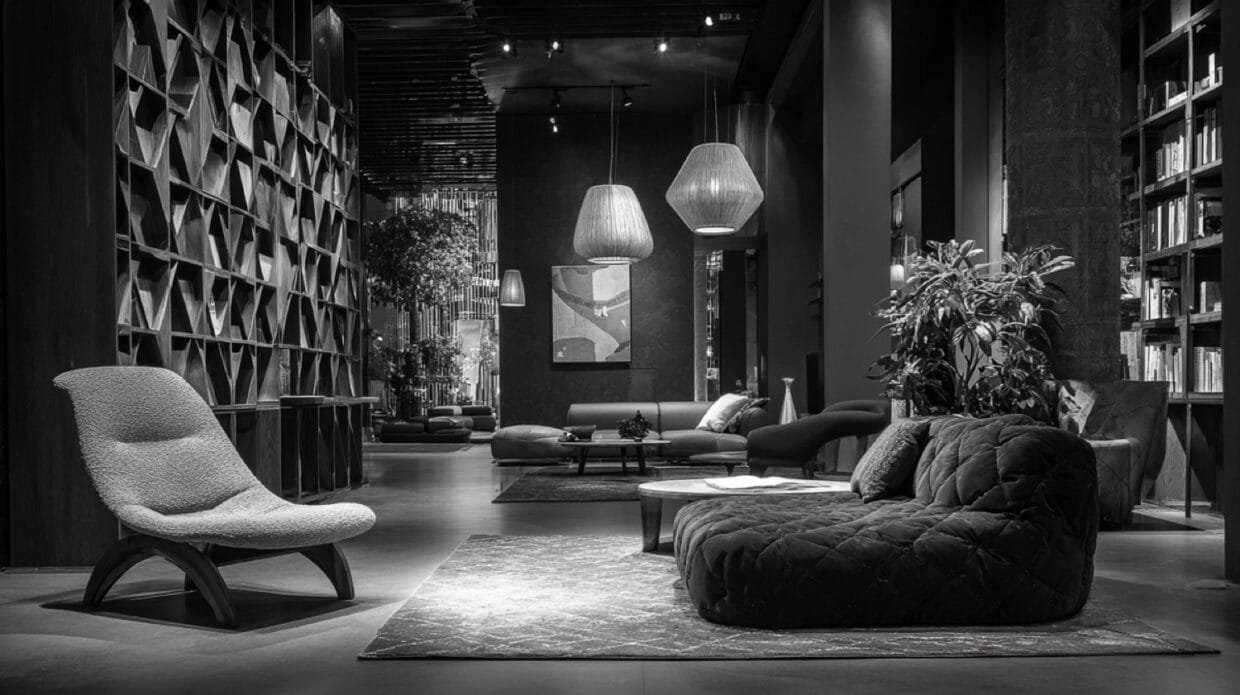In today’s fast-paced work environment, the design and functionality of office spaces have become crucial in fostering productivity and creativity. Modern breakout office furniture plays a pivotal role in this transformation, offering versatile and dynamic solutions that cater to the evolving needs of businesses and their employees. As companies strive to create more engaging and flexible workspaces, the demand for innovative furniture designs that blend aesthetics with functionality has surged. This article delves into the latest trends in furniture design, explores innovative solutions in interior arrangements, examines the influence of technology on furniture design, and highlights the importance of ergonomics, eco-friendly materials, and personalization in modern office furniture.
Latest trends in furniture design
The world of office furniture design is constantly evolving, with new trends emerging to meet the changing demands of the modern workplace. One of the most significant trends is the shift towards more flexible and adaptable furniture solutions. Companies are increasingly opting for modular furniture that can be easily reconfigured to accommodate different work styles and team sizes. This trend is driven by the need for agility in the workplace, allowing businesses to quickly adapt to changing circumstances and project requirements.
Another trend gaining traction is the use of biophilic design elements, which incorporate natural materials and greenery into office spaces. This approach not only enhances the aesthetic appeal of the workplace but also promotes employee well-being by creating a more calming and inspiring environment. Additionally, there is a growing emphasis on sustainability, with designers focusing on creating furniture that is both eco-friendly and durable.
Innovative solutions in interior arrangements
Innovative interior arrangements are essential for creating breakout spaces that encourage collaboration and creativity. One popular solution is the use of open-plan layouts, which break down traditional barriers and foster a sense of community among employees. These layouts often feature communal areas with comfortable seating and collaborative workstations, allowing teams to work together more effectively.
Another innovative approach is the integration of multifunctional furniture, which serves multiple purposes and maximizes the use of available space. For example, a single piece of furniture might function as a seating area, storage unit, and work surface, providing flexibility and efficiency in the office layout. This type of furniture is particularly beneficial in smaller offices where space is at a premium.
For more insights into modern furniture solutions, visit https://2020furnituredesign.co.uk/furniture/.
Influence of technology on furniture design
Technology has had a profound impact on the design and functionality of modern office furniture. With the rise of remote work and digital communication, furniture designers are incorporating technology into their creations to enhance connectivity and productivity. For instance, many modern desks and workstations now come equipped with built-in power outlets, USB ports, and wireless charging capabilities, allowing employees to stay connected and powered up throughout the day.
Additionally, smart furniture is becoming increasingly popular, with features such as adjustable height settings, integrated lighting, and even sensors that monitor posture and provide feedback to improve ergonomics. These technological advancements not only enhance the user experience but also contribute to a healthier and more efficient workplace.
Ergonomics, eco-friendly materials, and furniture personalization
Ergonomics is a critical consideration in the design of modern office furniture, as it directly impacts employee comfort and productivity. Ergonomically designed furniture supports proper posture and reduces the risk of musculoskeletal disorders, which are common in office settings. Adjustable chairs, sit-stand desks, and ergonomic accessories are all essential components of a well-designed office environment.
In addition to ergonomics, there is a growing focus on using eco-friendly materials in furniture production. Sustainable materials such as recycled wood, bamboo, and reclaimed metal are increasingly being used to create furniture that is both environmentally responsible and aesthetically pleasing. This shift towards sustainability reflects a broader trend in the industry, as companies seek to reduce their environmental footprint and promote corporate social responsibility.
Finally, personalization is becoming an important aspect of modern office furniture design. Businesses are recognizing the value of creating workspaces that reflect their brand identity and cater to the individual preferences of their employees. Customizable furniture options, such as modular seating and adjustable workstations, allow companies to tailor their office environments to meet specific needs and enhance employee satisfaction.





